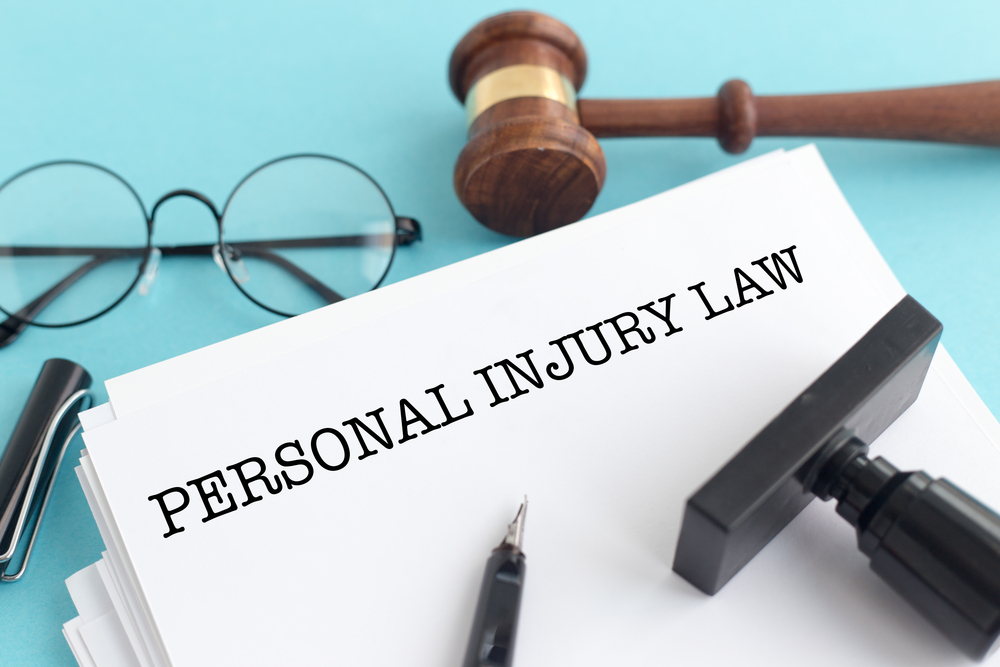6 STEPS TO HANDLING A PERSONAL INJURY CASE
2021.10.07

If you have suffered physical or mental harm—whether it’s due to a car accident, a fall, or another incident—you may have a personal injury case on your hands.
While you may be eager to receive the compensation you deserve, the road to fair compensation is often a long one. What’s more, one misstep can easily delay the process and cause you immense frustration.
A little planning goes a long way. Here are six steps to handling a personal injury case!
1. Start documenting everything
From the moment you’re involved in an incident, it’s critical that you start taking notes, keeping records, and taking photos. You will need to refer to this documentation throughout your case.
Of course, this should begin at the scene of the accident itself. Be sure to take photos of the scene, as well as the vehicles or objects that were involved.
From that point on, keep a journal of your injuries and your road to recovery—noting the location of your pain, the level of your pain, and the treatment you received.
2. Research local personal injury attorneys
Shortly after your incident, you should start looking for an attorney to represent you.
Start with the internet—the most popular way to find a lawyer today. Run multiple online searches for trusted personal injury attorneys in your area. By ensuring that your lawyer is local, you will have the benefit of speaking with them in person and meeting with them regularly.
After you’ve managed to find a few strong options online, ask friends and family members if there are any personal injury lawyers that they recommend. An endorsement from someone you trust is meaningful!
3. Interview and hire a personal injury attorney
Once you have narrowed down your list of options to only a few top attorneys, take the time to meet with them and vet them thoroughly. Many attorneys will offer a free consultation for those who are bringing personal injury cases.
During your conversation, the attorney will want to hear more about your story. While you’re providing details, remember to also ask them a few important questions, such as the following:
● How long have you been practicing law?
● Who is your typical client?
● Do you have experience with these types of cases?
● What is your success rate?
Once you’ve found a lawyer who meets your requirements and expectations, hire them!
The good news is that, in many personal injury cases, you may not have to pay your attorney upfront. The bad news is that contingency fees typically cost 33% of the settlement amount.
4. Issue a demand letter
Going through the court system not only prolongs the process and delays your compensation but it also puts the verdict in someone else’s hands. It’s almost always more beneficial for you, the victim, to reach a settlement with the at-fault party.
Fortunately, this is typically what happens as well. Roughly 95% - 96% of U.S. personal injury cases are settled before they ever go to trial.
With the help of your new attorney, write a demand letter that provides the facts of the case and the amount you are demanding for compensation. Your letter should include a deadline by which the at-fault party is required to respond.
5. Bring the case to court
Regardless of whether or not you anticipate a settlement being reached, you should plan as if you are going to trial with your case.
Start this process as soon as you have issued your demand letter. Gather all evidence, facts, and details from the event itself, as well as all of the documentation you have been collecting and recording since.
If no settlement is reached by the deadline noted on your demand letter, swiftly bring the case to court. With the help of your attorney, you will have the opportunity to present your account of the event and all of the evidence that supports it.
Keep in mind, however, that the court process can be a lengthy one and that you may have to wait a while before receiving the verdict.
6. Accept a settlement, accept the verdict, or appeal the judgment
At any point during your trial, the defense may wish to reach a settlement—particularly if the trial appears to be swinging in your favor. Carefully determine whether you would rather accept the settlement amount or see the trial through to its completion.
When a verdict is finally reached, you will have two choices: accept the judge’s or jury’s judgment, or appeal it. If you choose to appeal and the court agrees, just be prepared to spend additional time in court before reaching a final outcome!
More Articles
Copyright © Fooyoh.com All rights reserved.